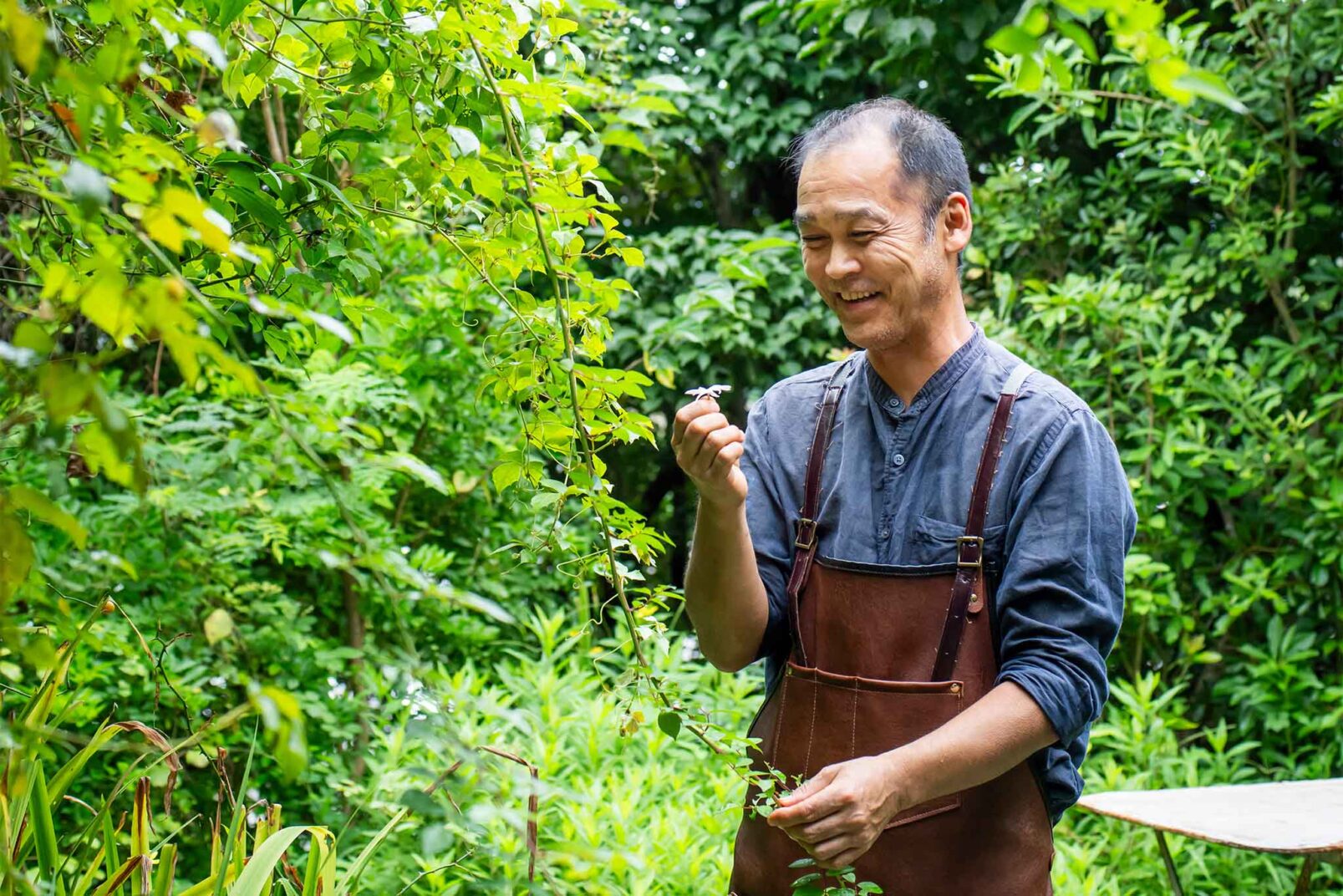The morning in Nanjo is overcast, and as a fine drizzle falls from the low-hanging clouds, chef Norihiko Hinata watches a long, narrow gyosen (Japanese fishing boat) sputter toward the dock at Umino Fishing Port. He banters amicably with the boat crew while the dock workers rinse and sort the day’s catch in preparation for the morning auction.
Ambling along the orderly rows of fish displayed in ice-filled trays on the cement floor, Hinata inspects the offerings. Heeding the piercing blast of a whistle, he joins the other buyers around the auctioneer, whose cap and uniform are embroidered with the logo of the Chinen Fisheries Cooperative. The bidding commences, and the auctioneer, his tone brisk and business-like, calls out each tray one by one, naming a price.
When the auctioneer arrives at a tray of three large kobanzame (remora)—the fish Hinata plans to prepare that afternoon for patrons of his restaurant, Be Natural—Hinata drops his tag. He is the only bidder for his catch of choice, and, when the auction ends, he bows with gratitude and collects his prize.
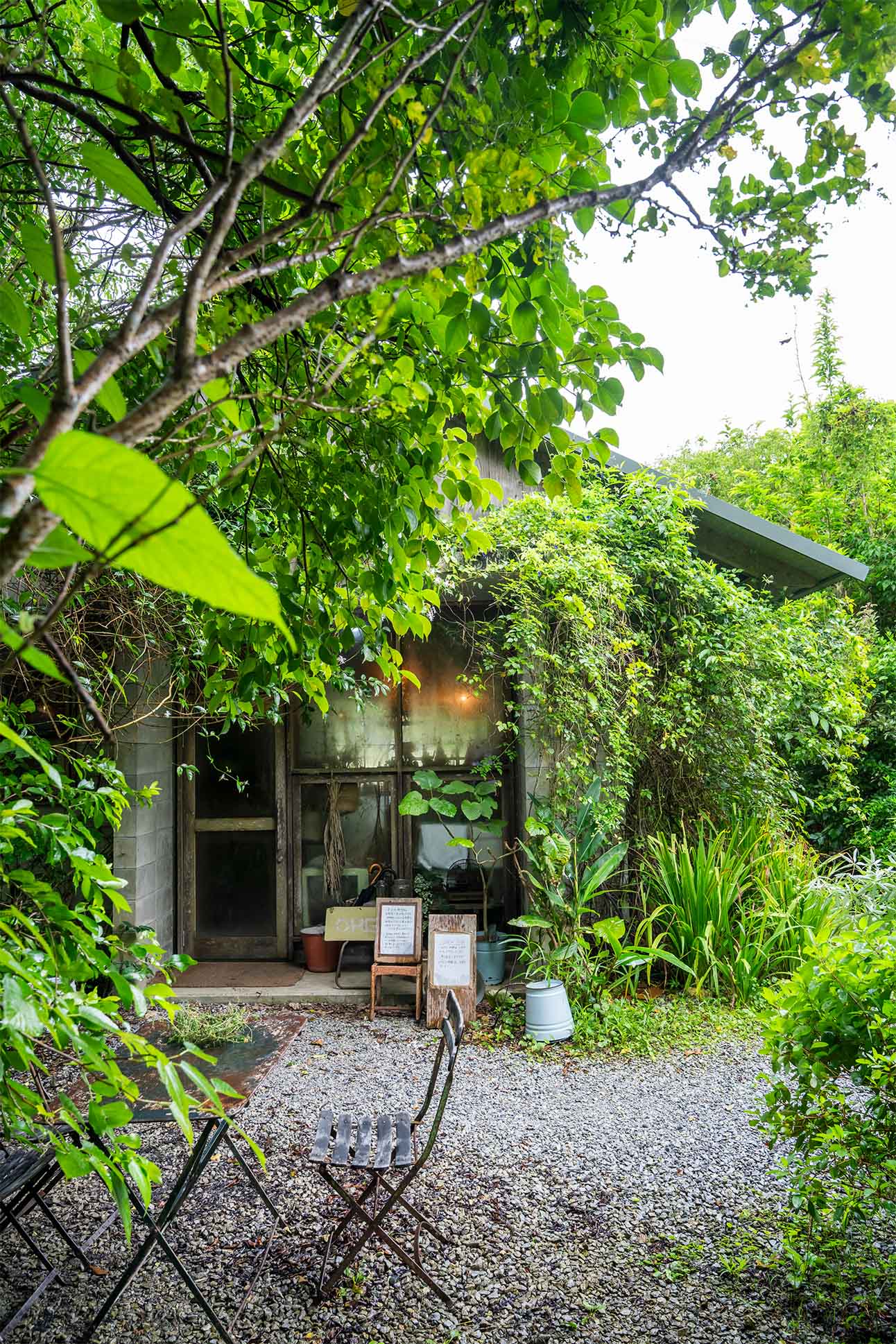
Hinata has been attending the auction at Umino Port every morning for more than 20 years. Since opening Be Natural in 2000, his careful selections—at the fish auction and beyond—have garnered the restaurant a loyal following and a well-earned reputation for outstanding quality, unparalleled freshness, and a commitment to both tradition and innovation. (Reservations are required, and the restaurant is unable to accommodate vegetarian requests.)
Waving farewell to the fishermen, port workers, and other bidders, Hinata turns out of the parking lot, driving past the stately fukugi trees lining both sides of the narrow, paved road. Heading west on Route 331, he soon arrives at his next destination, an unassuming herb garden about 30 paces on each side, where he cuts lemongrass, peppermint, and basil—herbs destined for the French- and Italian-accented fare at Be Natural. Located a few kilometers west of the fishing port, the herb garden belongs to his wife’s family and serves as her family’s vegetable plot.
Working with farmers like Kunisawa-san lets me take my creations to another level.
Norihiko Hinata, chef
The harvest from this little field is a vital component of Hinata’s ever-evolving ingredient base, which is rooted in seasonality and combines a carefully selected mix of yields from regional producers, local farms, and nearby farmers markets. Together they are a testament not only to the trusted relationships Hinata has cultivated with local farmers and fishermen but also the strength, spirit, and self-sufficiency of the island’s food system as a whole.
“When I use milk, it’s from Tamaki Farm right here in Nanjo,” Hinata says. “And I use Miyagi Farm eggs, as well as meat from various small-scale producers around the island.”
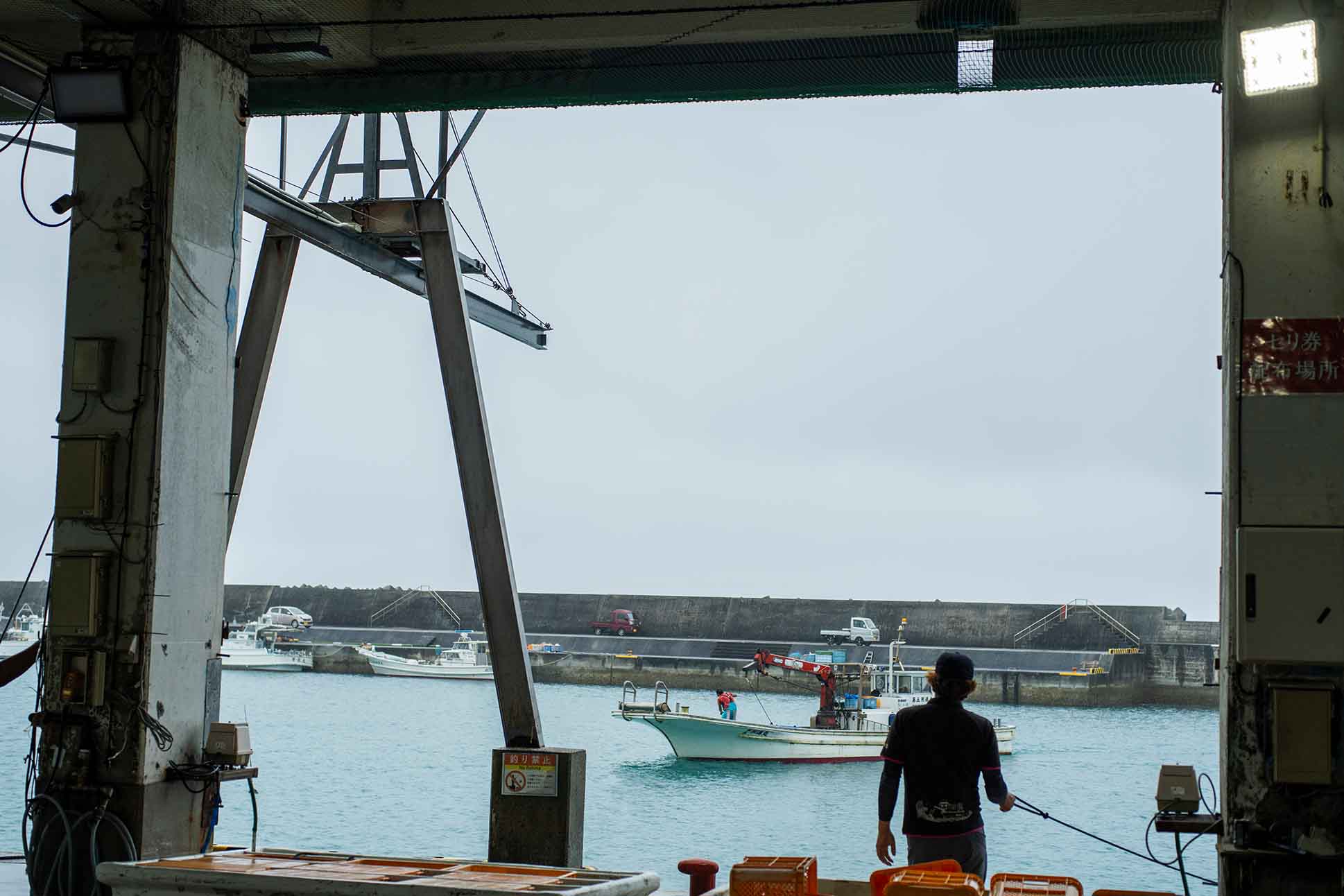
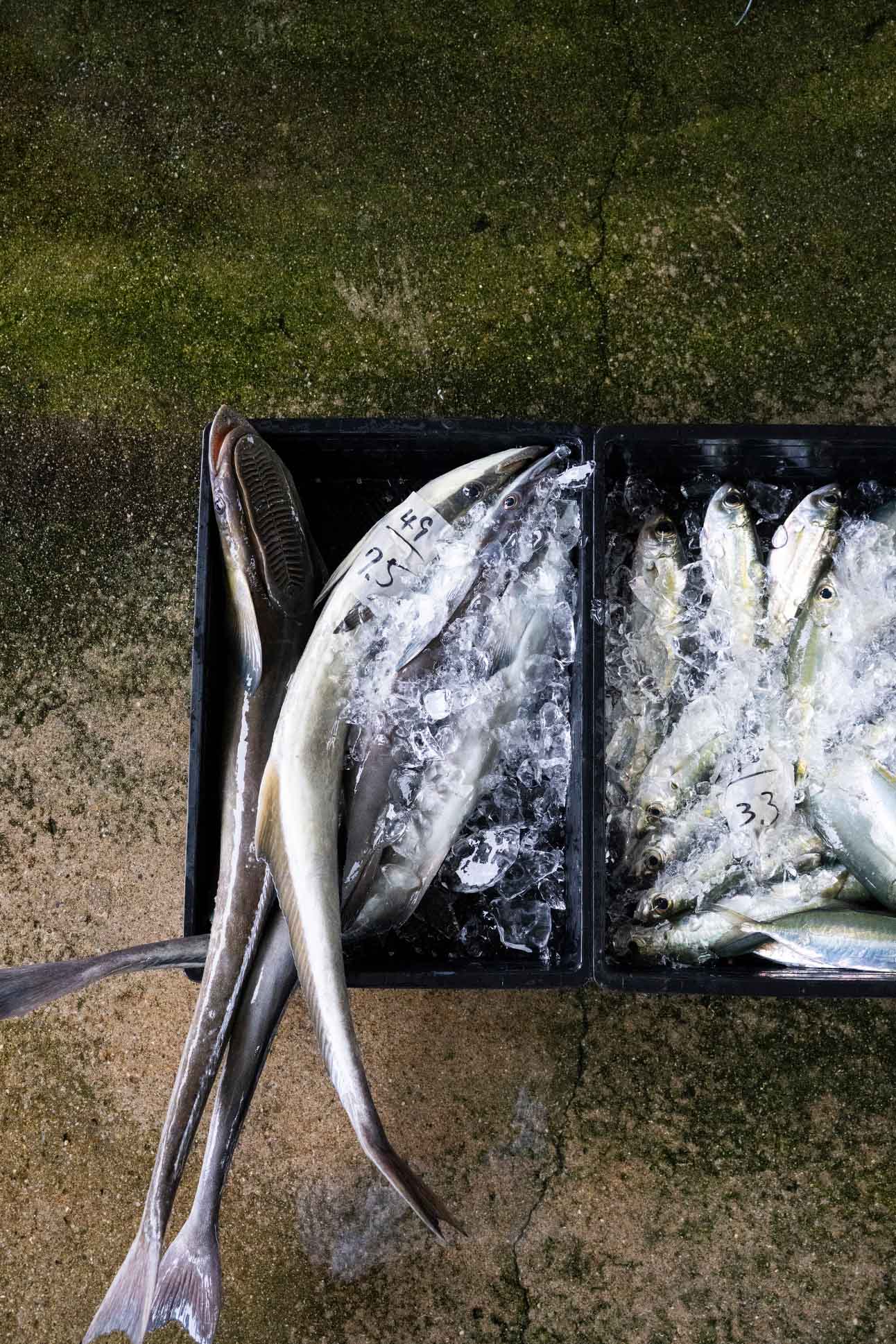

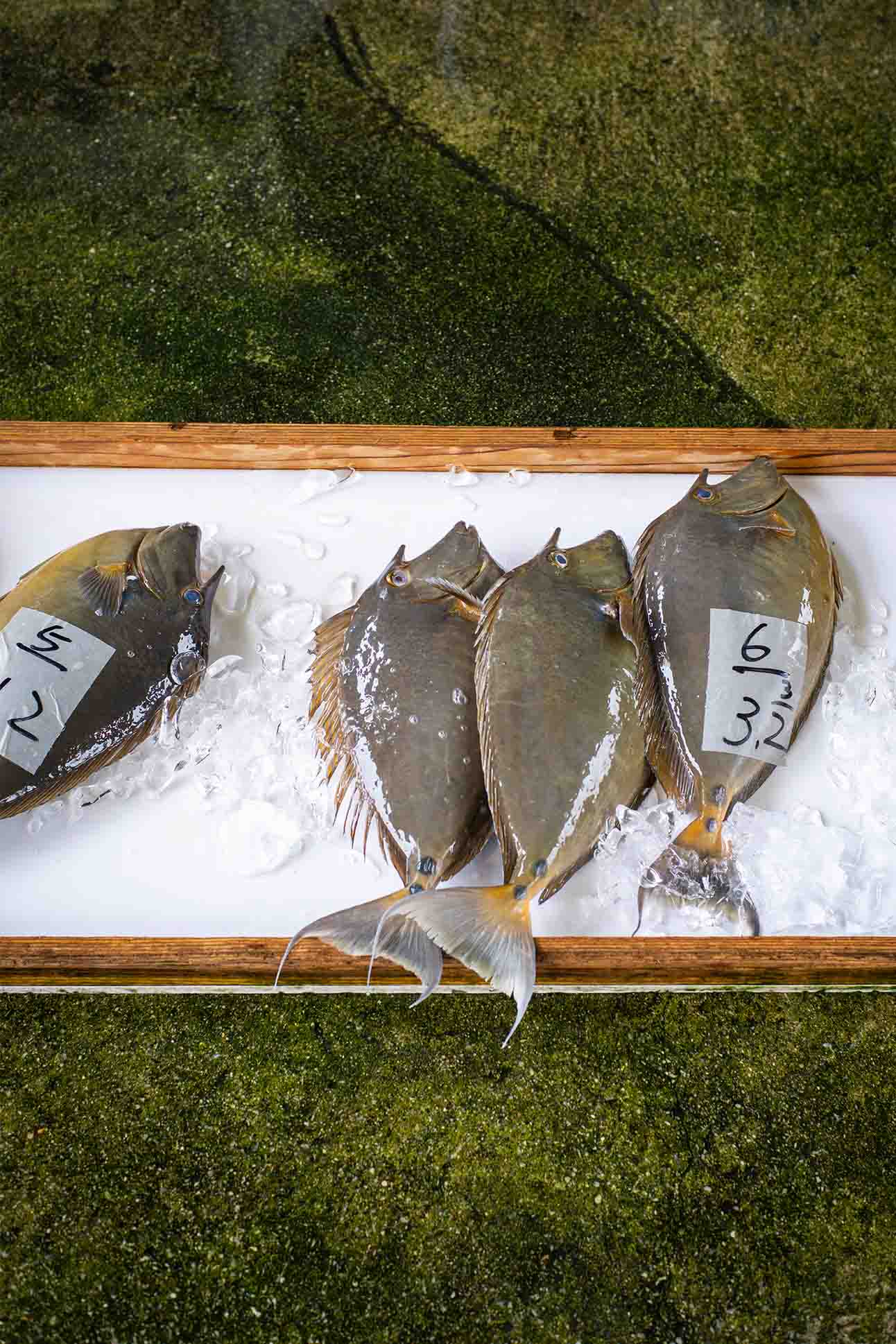
Hinata’s final stop before heading to the restaurant is a nearby greenhouse at the foot of a steep, forested ridge. The rain intensifies, and a dense gray mist shrouds the mountains in the distance. Hinata gets out of the car and stretches, then bends down over a long, narrow clay pot near the entrance to clip fresh rosemary, which he’ll later use to season his renowned focaccia.
Greeting him at the doorway of the greenhouse is Takao Kunisawa, a 74-year-old farmer who produces a lush bounty of edible flowers and microgreens under contract with Be Natural. Kunisawa holds the door open for Hinata before lifting the bug netting from a tray of baby greens.
“These add a powerful snap to salads,” Hinata says as he trims leaves from the planter of komatsuna (Japanese mustard spinach), gently dropping them into a large bowl. “Unfortunately, komatsuna can’t be grown in the summer months—it’s too hot and humid,” Kunisawa adds. “That’s why it’s so important for chefs like Hinata-san to plan their meals around a seasonal menu.”
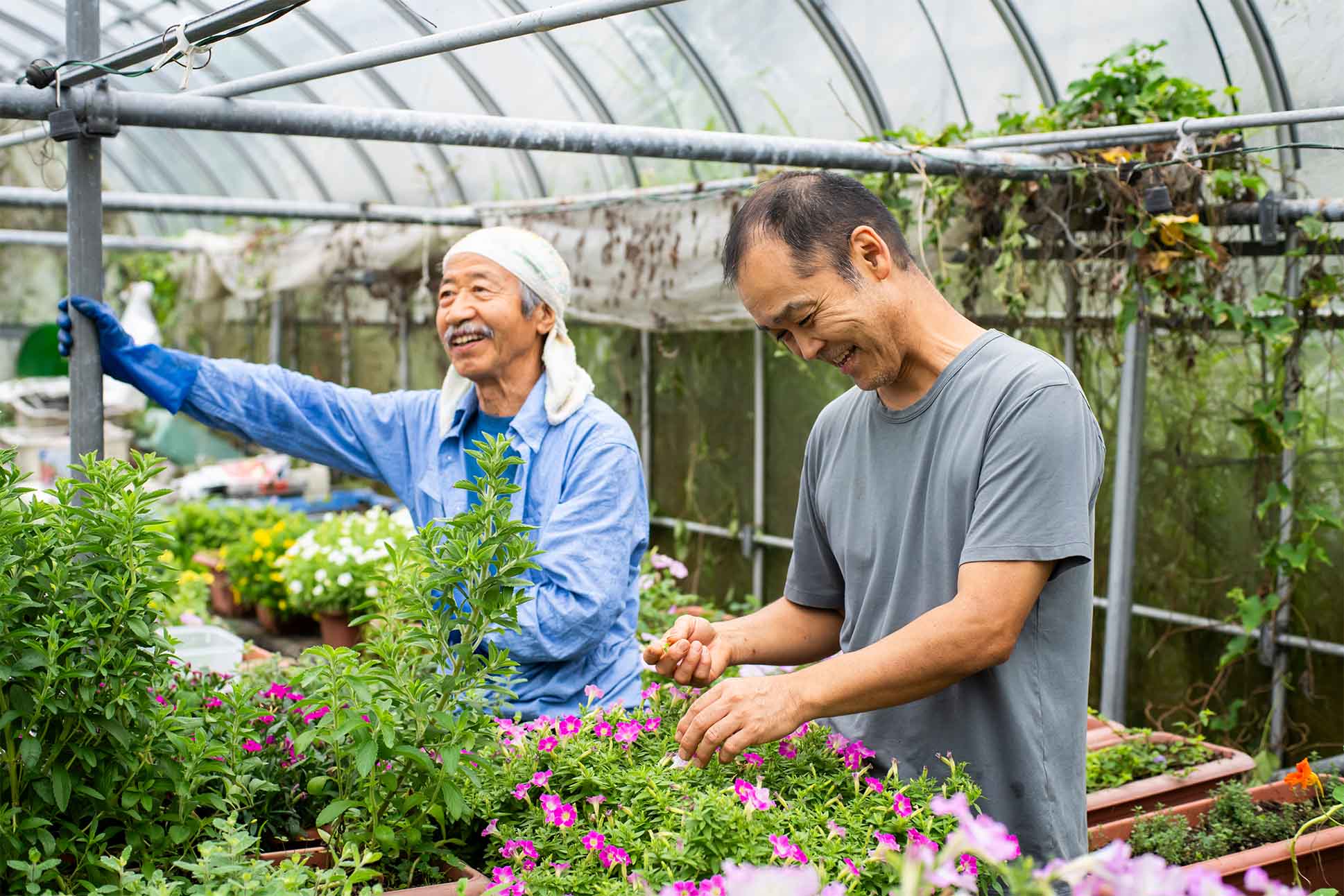
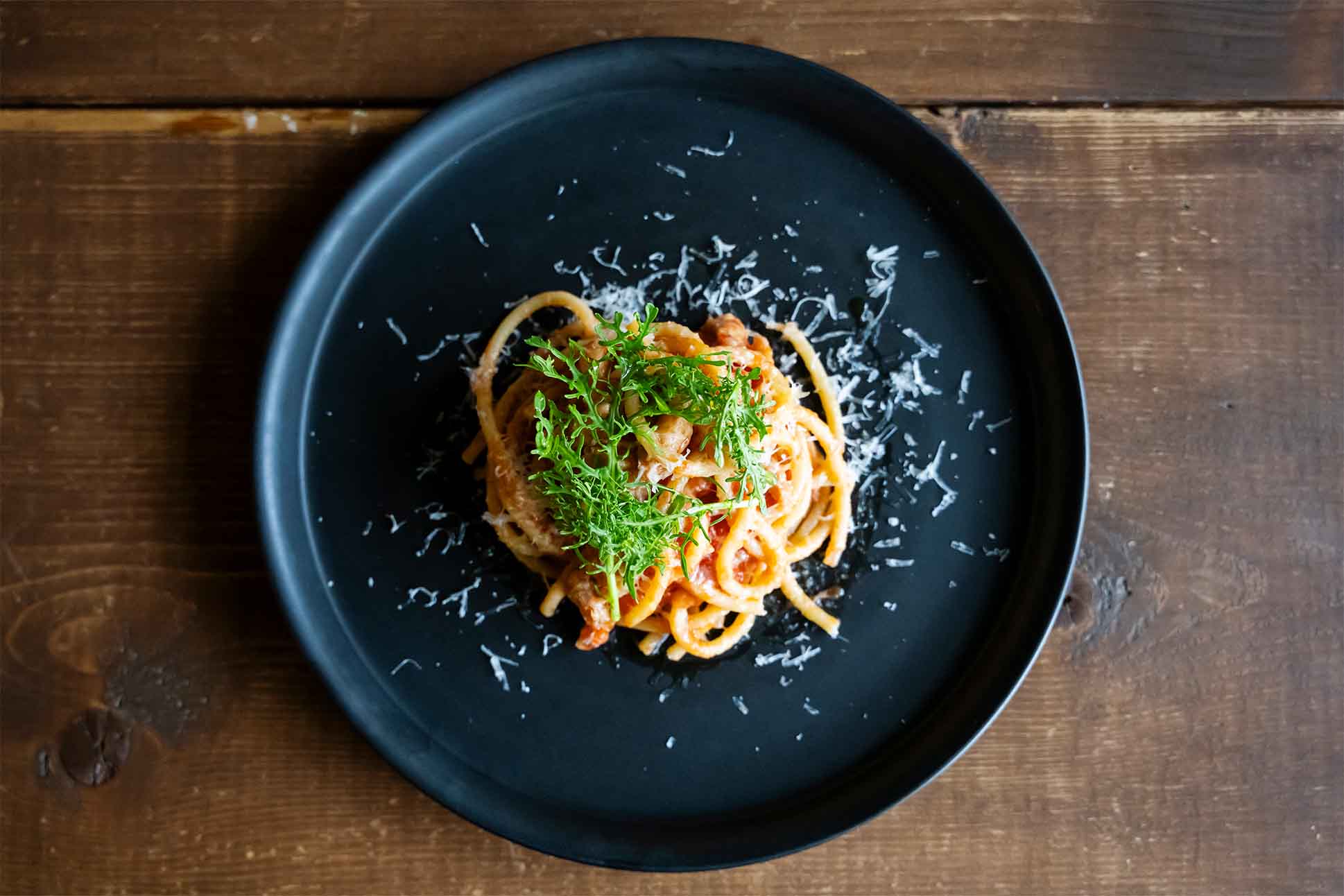
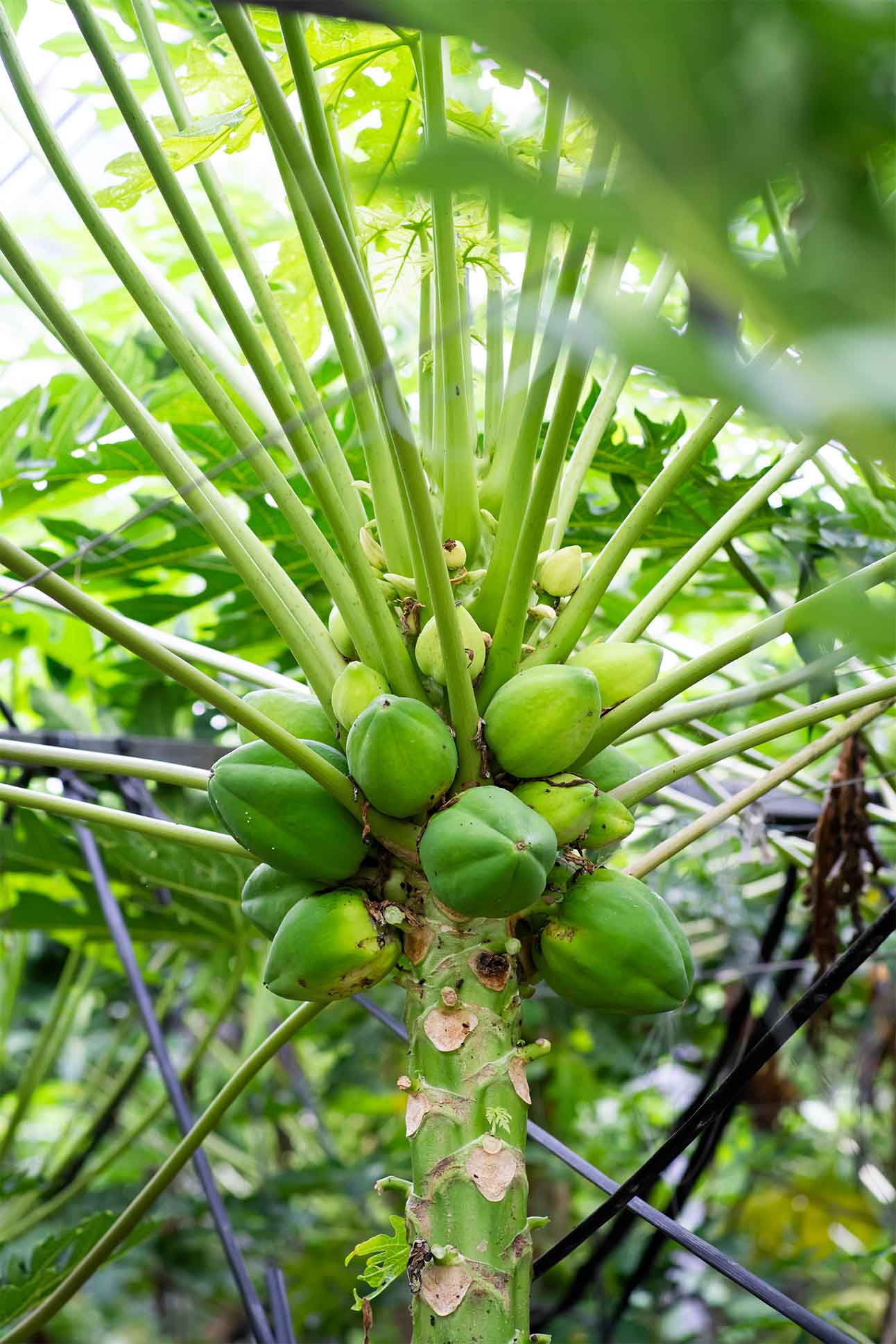
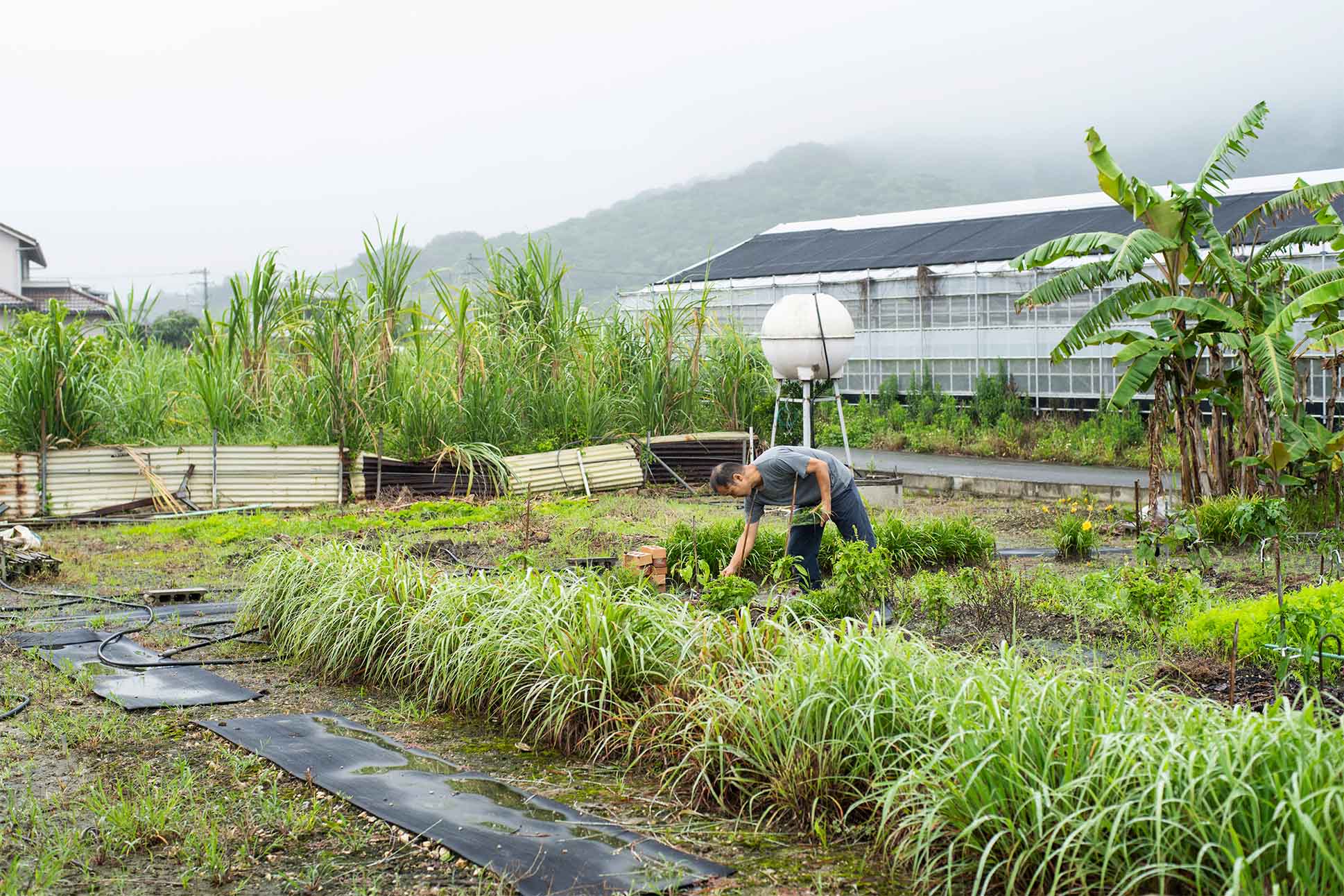
Hinata moves on to several beds of petunias blooming at the center of the greenhouse. Their coronet-shaped flowers add vibrant color to the salads and desserts he serves as part of the restaurant’s fixed-course menu. “There is no way I could afford to buy flowers like this from a commercial grower,” Hinata says. “Working with farmers like Kunisawa-san lets me take my creations to another level.”
At lunchtime, the restaurant beckons with a worn, lived-in charm. Nestled on a secluded hillside and shaded by a dense row of tall hydrangea shrubs, it seems to merge with the landscape. A sanctum of tranquility and character, the dining room and open kitchen are an ever-changing tableau that Hinata has lovingly filled with personal touches and the abundance of the season.
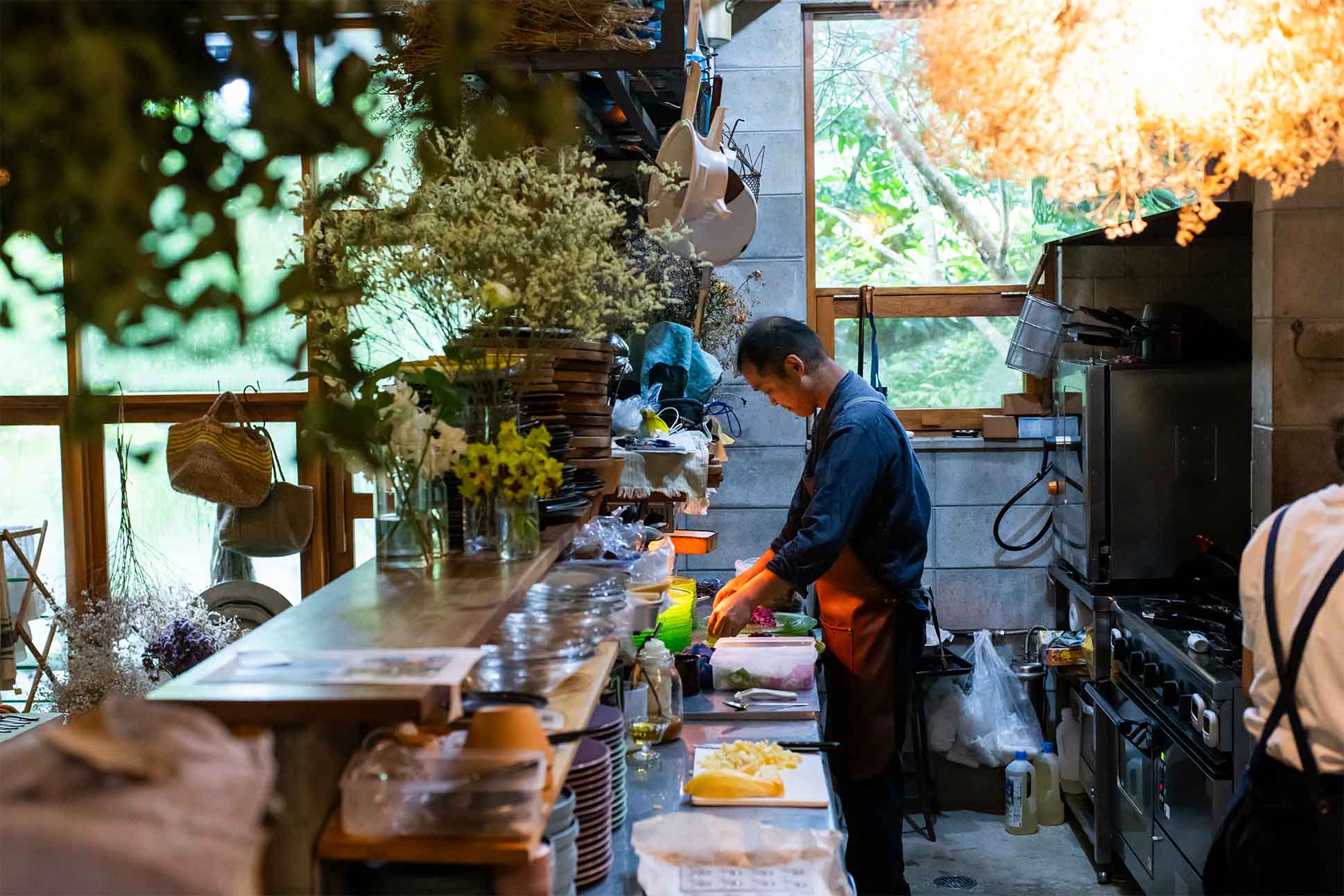
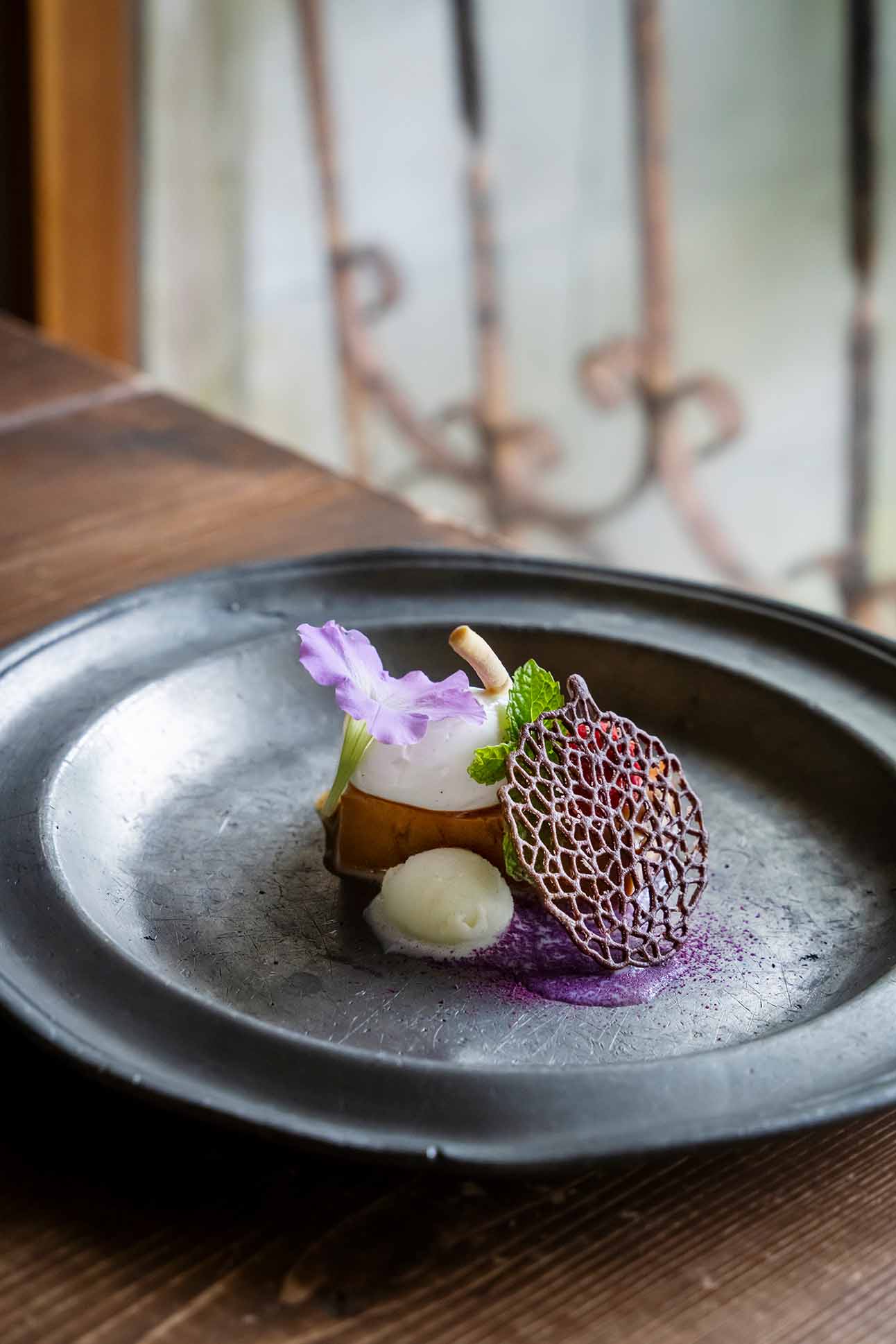
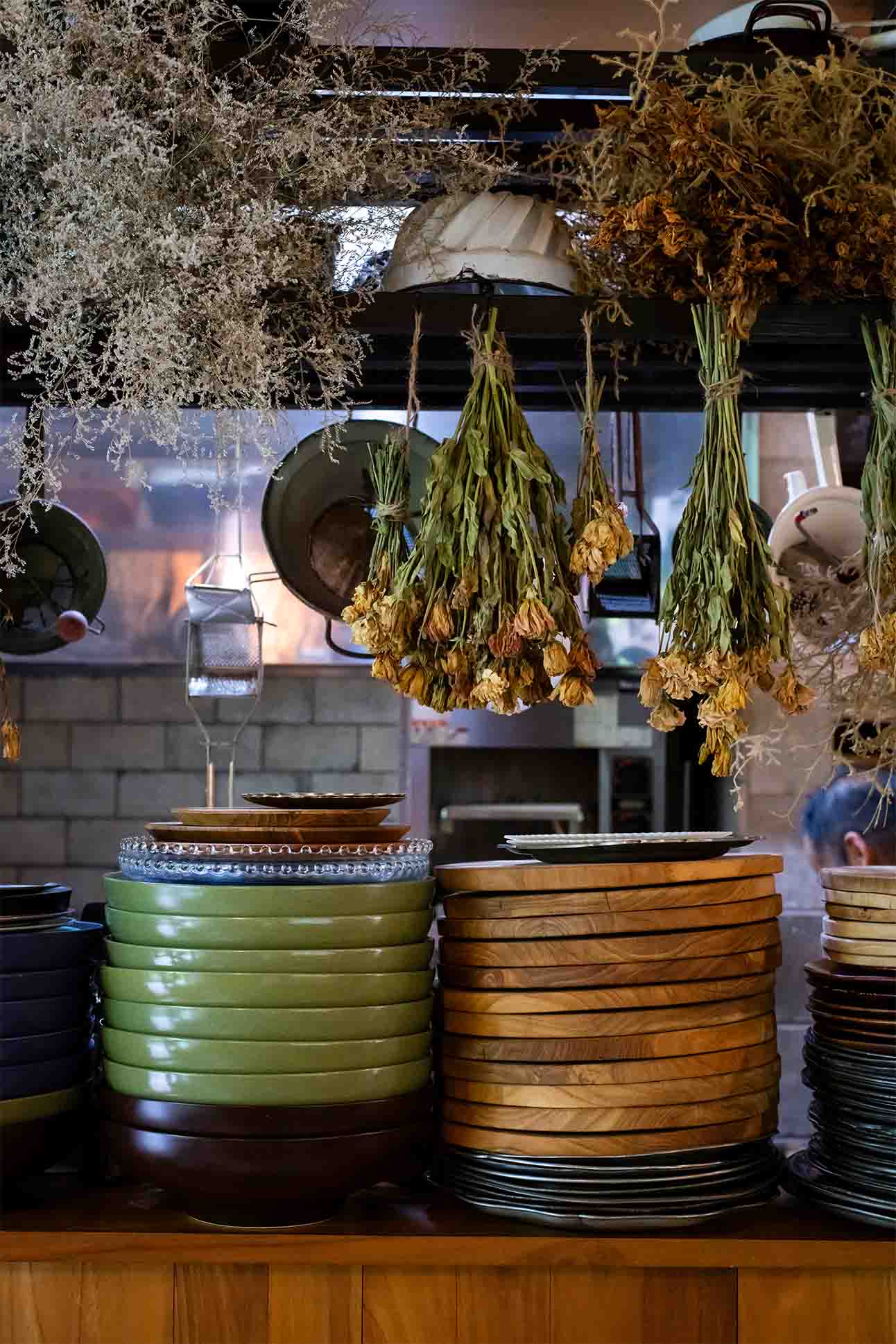
The kobanzame arrives in the form of an artful sashimi salad, tucked under a delicate scattering of microgreens and petunias from Kunisawa’s greenhouse and flavored with a sauce made from locally grown cucumber and papaya. Beverages are infused with the herbs from Hinata’s wife’s family garden. When the meal ends, it’s with a delicate pudding made from the milk and eggs Hinata sources from his Okinawan suppliers, served with a scoop of ice cream made with lemongrass from the garden. Like the meal before it, the dessert bears the essence of the land it came from—zesty, green, and alive.
More than just a culinary experience, every dish Hinata creates is a quiet tribute to the changing seasons and the hands that fish, farm, and forage. At its heart is a chef who acts as both curator and steward, one who knows that the foundation of flavor lies in the soil, the sea, and the untold story behind every ingredient on the plate.

